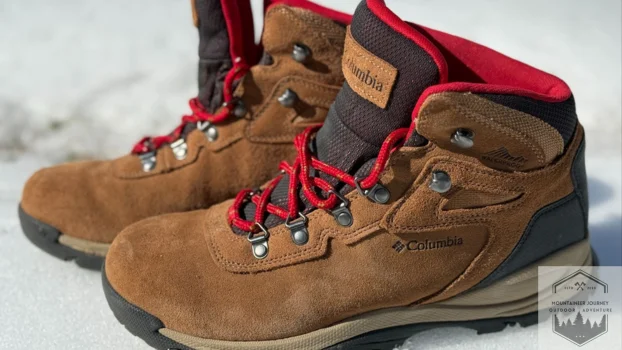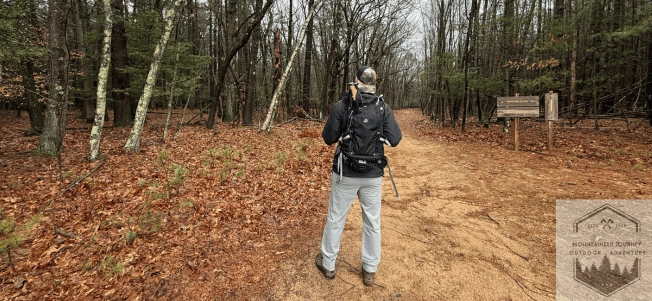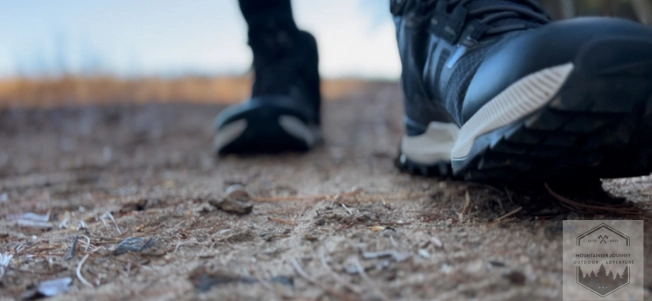Kayaking vs Canoeing | What’s the difference?
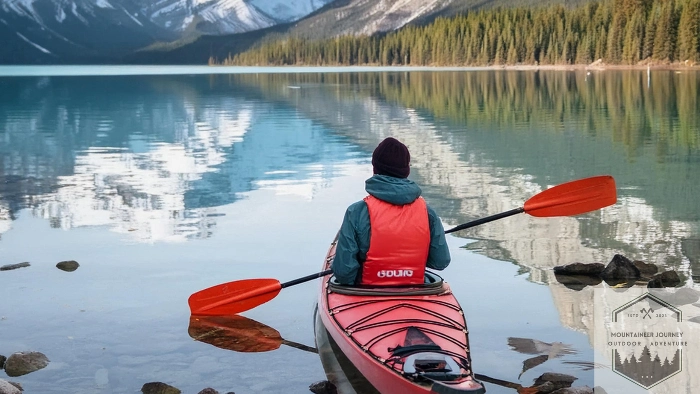
Before diving into your next adventure it’s important to know the difference between canoeing vs kayaking. While both of these waterborne travel vehicles have been around for thousands of years it’s crucial to know which one you will be boarding and how to navigate through each one.
With extensive firsthand experience as an expert outdoorsman, I have dedicated years to mastering both kayaking and canoeing. My in-depth knowledge and practical skills in these water sports are backed by numerous expeditions, certifications, and a deep passion for outdoor adventure.
Kayak Vs Canoe Differences
The main difference is the watercraft itself and number of passenger or passengers. A canoe may hold more than one passenger while a kayak is made for only one voyager. With an open top construction(meaning there is no covering where you are sitting) rowers in canoes sit or kneel and move forward with a single-bladed paddle. Most kayaks feature a covered deck. Using a double-ended paddle, the rower moves forward and backward on the water while seated inside with their legs out in front of them.
Structure and Design
A kayak is usually smaller when compared to a canoe, and the hull(main portion of the vessel) is also more narrow. Since the kayak is smaller, it is usually easier to carry and store which makes it convenient for the solo traveler. The kayak is usually lower to the water(meaning the sides are not as high), so you will expect easier paddling for people with shoulder problems. There is a usually a small amount of water that can enter the kayak from the bottom(this is normal)
Canoes are open topped(meaning all of your gear is usually subject to the elements). While canoeing you will be sitting in the middle of the boat with passengers either behind or in front of you. Canoes are made out of wood, aluminum, or fiberglass. Wood has been used for centuries to make canoes, they can last for decades if taken care of properly and have superior buoyancy due to the wood. However, there are drawbacks to wood, they tend to be heavier, and require more maintenance. Aluminum happens to be cheaper, and requires less maintenance as compared to wood.
When speaking in terms of speed, kayaks are usually faster because they are smaller and narrow overall. A canoe, is more stable but usually slower. Since the sides of a canoe are higher, we recommend not using a canoe in the ocean as the waves can overwhelm a cameo easily.

Canoe vs Kayak Stability
If you are someone looking for more stability and a slower-paced ride canoe is the way to go. Canoes are more stable because of the wider hull and more robust material. Kayaks tend to lighter and faster, however that means they can tend to toss passengers overboard more often.
Differences in paddling
Though both are popular water sports, canoeing and kayaking require different paddling methods that suit the different type of vessel.
Canoe Paddling Strokes
Canoeists use paddles with one blade. The most often used stroke, known as the “J-stroke,” keeps the canoe traveling straight. The paddle enters the water close to the bow, is drawn back straight, then, to offset the canoe’s inclination to turn naturally, is slightly twisted outward at the conclusion of the stroke. Usually after a few strokes, this method requires you to switch sides to keep the boat going in a straight line. To give yourself more leverage and stability for strong paddling strokes, canoeists frequently kneel on one knee with the other leg straight out
A further important canoeing skill is the “draw stroke,” which is used to move the canoe sideways without altering its bearings. This means extending the paddle, by dropping your dominant arm lower towards the water, planting it in the water, and dragging it in the direction of the canoe, therefore drawing the canoe toward the paddle. Knowing how to use the pry and sweep strokes among other strokes enables canoeists to move quickly and adjust to changing water conditions.
Kayak Paddling Technique
Because kayaking uses double-bladed paddles, paddling needs to be done constantly. With the “forward stroke,” the paddle blade enters the water close to the foot of the person paddling, is drawn back parallel to the kayak, and emerges at the hip. Smoothly, alternately, this stroke is repeated on the other side. Kayaking works the core muscles especially when paddling constantly, torso rotation is essential for kayaking, resulting in more powerful and effective strokes.
To turn their kayak, paddlers also use the “sweep stroke”. Using the paddle to make a broad arc from the bow to the stern on one side, the kayak is essentially turned the other way. Another vital method for keeping balance is the “brace stroke”. This is used when the kayaker feels they are about to go overboard, you’ll want to “slap” the paddle in the water.
How to choose between a Kayak and Canoe
Comfort/Performance
For someone who enjoys solo travel kayak is the preferred vessel, also is much faster and requires less paddling strength because of the narrower hull and lighter design. They are also more comfortable, and are easier to travel with.
For someone who would like a smooth day out on the water, maybe with a couple of friends. Canoeing would be the choice of vessel, it may require a little more endurance but the teamwork aspect could be an intriguing option with great sightseeing opportunities.
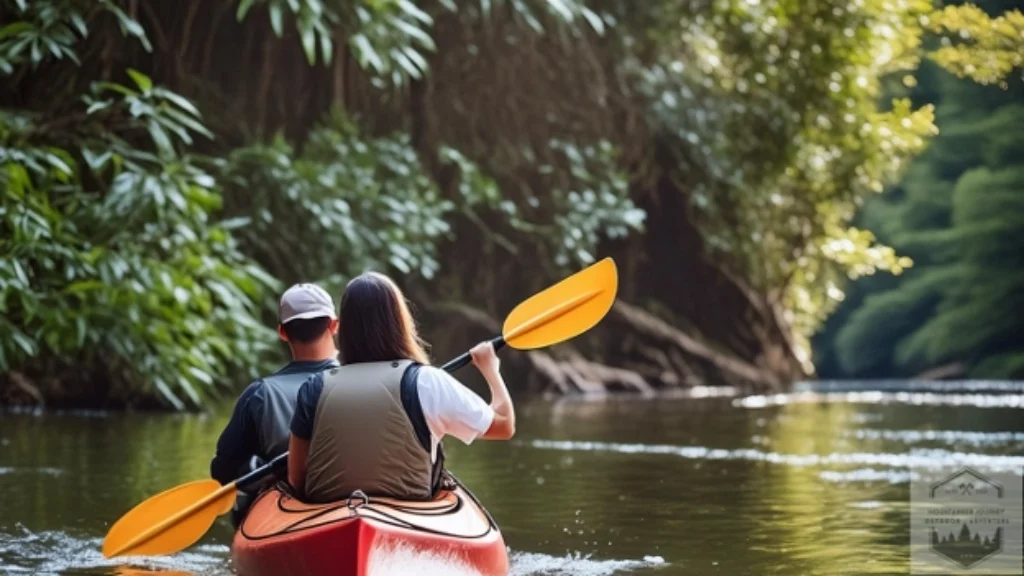
Ease of Transportation
Being much lighter and easier to carry, kayaks tend to be easier to transport. Most, can fit in the back of a truck bed or strapped to the top of a car. Unless you are using a inflatable kayak, then you can store in any sort of car. You are also able to stack up kayaks on each other when transporting.
Canoes are much more difficult to travel with. Depending on the size, you may be able to fit one on top of a car or in the back of a truck bed. Canoes also tend to be heavier, so carrying them to the water can be quite a task as well. Alot of people who own canoes, tend to live on the water making traveling much easier.
We hope this guide was helpful for you to know the key differences between canoeing vs kayaking. We provided helpful tips on which vessel to choose from based on your preferences. Whatever vessel you may choose, kayak or canoe we recommend researching further on the basics of either one. Knowing the proper technique and how to get yourself out of dangerous situations is paramount before beginning your journey. We hope to see you next time!
Frequently Asked Questions
Is it easier to Canoe or Kayak?
This is all up to the individual. We usually recommend kayaking for beginners because it takes less endurance and usually is easier to paddle as compared to a canoe.
Beginner Canoeing Tips
Start by learning basic paddling techniques, such as the forward stroke and J-stroke, to maintain control and direction. Always wear a life jacket and ensure you’re familiar with safety protocols for your specific paddling environment. Practice getting in and out of the canoe smoothly to maintain balance and prevent tipping. Finally, start on calm waters to build your confidence and skills before tackling more challenging conditions.
What is a Canoe?
A canoe is a lightweight, narrow boat with pointed ends, traditionally open on top, and propelled by paddlers using single-bladed paddles. Designed for various water activities, canoes can be used for recreational paddling, fishing, and transporting gear on calm lakes, rivers, and streams.
Related Articles:
Hiking vs Trekking: Which Adventure is Right for You?

Adventure Awaits,
Tyler


